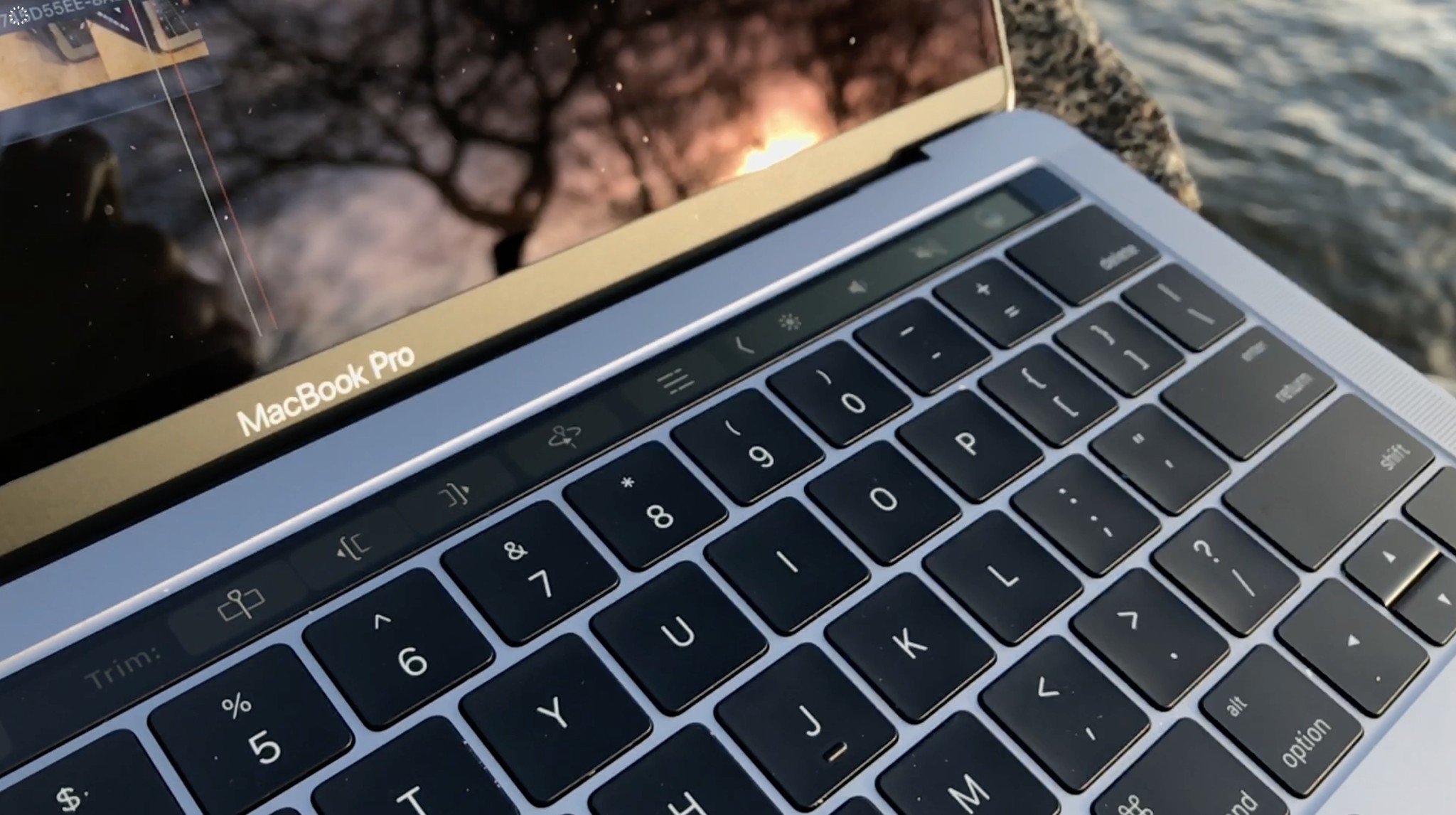Microsoft Remote Desktop just got better for Apple's M1 MacBooks
The Microsoft Remote Desktop experience on Apple M1 devices just got better.

What you need to know
- Microsoft Remote Desktop now natively supports Apple silicon, including Apple's M1 chips.
- The update also brings several other features, including client-side IME support for using Unicode keyboard mode.
- Microsoft also recently improve the underlying code of the app across all clients.
Microsoft Remote Desktop recently received a major update that brings native support for Apple's silicon, including Apple's M1 chips. The update should bring better performance and efficiency for the app on devices like Apple's new M1 MacBook Pro. The update also brings several other improvements and fixes, as well as a couple of new features.
Here's everything that's new in the recent update.
In this release we've made some significant updates to the shared underlying code that powers the Remote Desktop experience across all our clients. We've also added some new features and addressed bugs and crashes that were showing up in error reporting.
- Added native support for Apple Silicon.
- Added client-side IME support when using Unicode keyboard mode.
- Integrated Kerberos support in the CredSSP security protocol sequence.
- Addressed macOS 11 compatibility issues.
- Made updates to improve interoperability with current and upcoming features in the Windows Virtual Desktop service.
- Made fixes to address mispaints when decoding AVC data generated by a server-side hardware encoder.
- Addressed an issue where windows from remoted Office apps were not visible despite being present in the app switcher.
Note that this app now requires macOS 10.14 or later.
In addition to bringing native Apple silicon support, Microsoft recently made significant updates to the underlying code that powers Microsoft Remote Desktop.
If you want to use Windows 10 on your MacBook or other macOS devices, you can also check out Parallels Desktop 16.5. Parallels just rolled out an update with Apple silicon support, giving you another option for pairing Windows 10 with Apple hardware.
All the latest news, reviews, and guides for Windows and Xbox diehards.

Sean Endicott is a news writer and apps editor for Windows Central with 11+ years of experience. A Nottingham Trent journalism graduate, Sean has covered the industry’s arc from the Lumia era to the launch of Windows 11 and generative AI. Having started at Thrifter, he uses his expertise in price tracking to help readers find genuine hardware value.
Beyond tech news, Sean is a UK sports media pioneer. In 2017, he became one of the first to stream via smartphone and is an expert in AP Capture systems. A tech-forward coach, he was named 2024 BAFA Youth Coach of the Year. He is focused on using technology—from AI to Clipchamp—to gain a practical edge.

